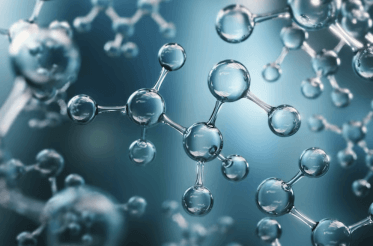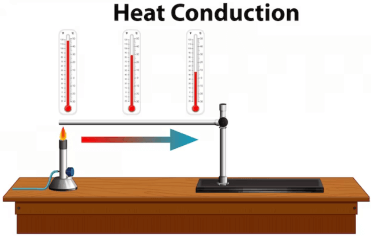Question
a.
C60H100O50
b.
C60H120O60
c.
C60H102O51
d.
(C6H12O6)10
Posted under Biochemistry
Interact with the Community - Share Your Thoughts
Uncertain About the Answer? Seek Clarification Here.
Understand the Explanation? Include it Here.
Q. What would be the molecular formula for a polymer made by linking ten glucose molecules together by dehydration synthesis, if molecular formula for glucose is C6H,206?
Similar Questions
Explore Relevant Multiple Choice Questions (MCQs)
Q. Glycolysis reactions take place in
View solution
Q. In the Glycolysis reaction, for each glucose conversion how many ATP's are produced?
View solution
Q. An intermediate which inhibits the activity of fructose 1,6 diphos-phatase would inhibit
View solution
Q. Which of the following enzymes plays an important role in the Cori " cycle?
View solution
Q. Regulated metabolic pathways are
View solution
Q. When living organisms are cooled below some critical body temperature, the metabolic reactions within their cells cease to function properly. This malfunction occurs because
View solution
Q. Glycogen degradation requires the enzyme namely
View solution
Q. The hormones, glucagon and epinephrine, stimulate glycogen breakdown to G-6-P
View solution
Q. What is the cause of the genetic disease known as Galactosemia?
View solution
Q. Each reaction in a metabolic pathway is
View solution
Q. Which of the following is the correct Line weaver-Burk equation?
View solution
Q. Which of the following is false?
View solution
Q. In the case of allosteric enzymes what is the graphical representation when initial velocity is plotted against substrate concentration?
View solution
Q. How many types of enzymatic regulation mechanism occurs in the cells?
View solution
Q. Which is the enzyme that acts as a regulatory enzyme in a four-step metabolic pathway?
View solution
Q. Which of the following is true about Michaelis-Menten kinetics?
View solution
Q. When the velocity of enzyme activity is plotted against substrate concentration, which of the following is obtained?
View solution
Q. The rate determining step of Michaelis-Menten kinetics is __________
View solution
Q. The molecule which acts directly on an enzyme to lower its catalytic rate is __________
View solution
Q. Which of the following is an example for irreversible inhibitor?
View solution
Recommended Subjects
Are you eager to expand your knowledge beyond Biochemistry? We've handpicked a range of related categories that you might find intriguing.
Click on the categories below to discover a wealth of MCQs and enrich your understanding of various subjects. Happy exploring!








